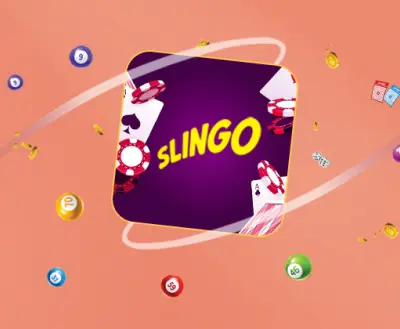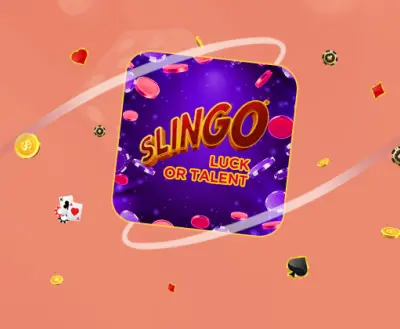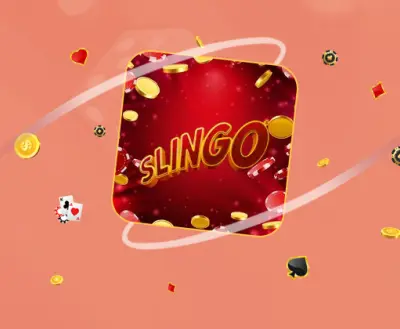If you’re new to the exciting world of online blackjack, you may wish to stick to the basic rules until you’ve gained the confidence and experience to try out some different strategies. However, if you already want to enhance your playing experience and (hopefully) improve your returns, you may wish to consider placing blackjack side bets.
21+3 is a popular type of side bet used by many online blackjack players, and there are even entire games dedicated to this particular betting style.
In this article, we explore what the 21+3 side bet means in relation to blackjack, when you should consider using it and how to go about placing a 21+3 side bet.
What is a 21+3 Side Bet in Blackjack?
In blackjack, your aim is to get a hand count as close to 21 as possible without going bust. If you’re following the basic rules, you’re betting on your hand, beating the dealer’s, and as the game plays out, you still get to choose from several options such as Stand, Hit and Split.
Side bets let you place additional bets alongside your initial bet to enhance the odds.
With a 21+3 side bet, you’re betting on whether the first two cards of your hand and the dealer’s face-up card can be combined to form one of five different three-card poker hands.
The five types of three-card poker hands that could be produced by the combination of the cards are:
- Flush
- Straight
- Three-of-a-Kind
- Straight Flush
- Suited Three-of-a-Kind
Now, we’ll look at what cards you need to form each of these hands.
Flush
A Flush consists of three cards of the same suit.
Straight Flush
A Straight Flush is formed of three cards of consecutive values, and they must all belong to the same suit, such as Spades or Diamonds.
Straight
A Straight allows the Ace (if used) to act as high or low, and the hand must be formed of three cards of consecutive values, e.g. 4,5,6.
Three-of-a-Kind
A Three-of-a-Kind hand is formed by three cards of the same value or face card, e.g. three 10s or three Jacks.
Suited Three-of-a-Kind
A Suited Three-of-a-Kind hand is created by three cards of the same value or face card which are also of the same suit, e.g. three cards that are all the 6 of Diamonds.
How do You Place a 21+3 Side Bet?
Placing a 21+3 side bet couldn’t be easier. However, it’s important to remember that you must place your bet before your cards are dealt. You must also place your main stake before placing any side bets.
Usually, the table contains a box marked “21+3”, which is where you need to place your chips to make your bet.
Your 21+3 bet is handled and calculated separately from your regular bet. This means that even if a Flush, Straight, Three-of-a-Kind, Straight Flush or Suited Three-of-a-Kind hand is not created, you’ll still win your original bet if your hand is closer to 21 than the dealer’s!
Your first two cards and the dealer’s face-up card must create one of the hands mentioned above; otherwise, you lose your 21+3 side bet stake.
When Should You Place a 21+3 Side Bet?
If you’re looking for more attractive payouts than those offered by standard Blackjack bets, the 21+3 side bet is definitely something to consider.
It also helps if you can keep track of the number of cards in each suit that has yet to be dealt. This allows you to target flushes by looking for an imbalance in the distribution of suits that boosts the likelihood of winning the side bet.
Another reason to use side bets is that they typically require a small wager, yet they offer better odds than standard bets. They also enhance the playing experience and make the games more fast-paced.
What are the Returns?
The returns on 21+3 blackjack side bets are relatively simple to understand, and the best returns can be gained through a suited three-of-a-kind hand. The odds are directly linked to the probability of your landing each type of hand.
Below, we’ve listed the standard odds that most online casinos offer on 21+3 side bets in order of smallest to largest:
- Flush = 5/1
- Straight = 10/1
- Three-of-a-Kind = 30/1
- Straight Flush = 40/1
- Suited Three-of-a-Kind = 100/1
Summary
We hope that our guide to 21+3 side bets has given you the knowledge, confidence and motivation to try placing a 21+3 bet next time you play online blackjack. Don’t forget; you can even use this type of bet in some live dealer blackjack games as well! To check out our full selection of online blackjack games, head over to our online casino games lobby now at Foxy Bingo.








